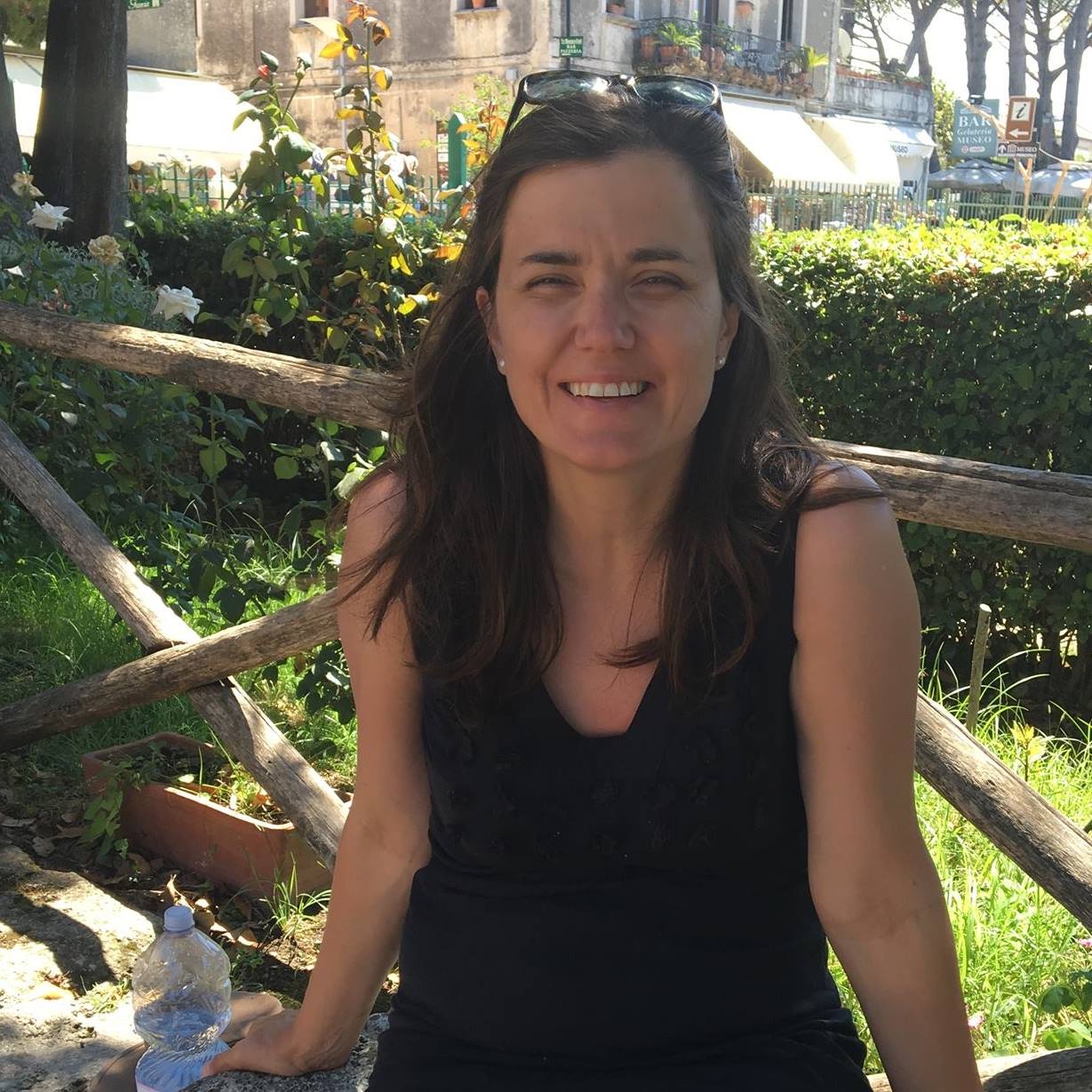
Thinking and working on a global scale
The time Claire Roberts Lamont spent within the Department of Community Health and Epidemiology (CH&E) helped launch her global health career path at the United Nations.
By Kristen McEwen“It was certainly a stepping stone to what I do now,” Lamont said. “Research, and my career long focus on refugees.”
Lamont is part of the global communications team within the United Nations High Commission for Refugees (UNHCR). The UN Agency focuses on protecting stateless and internally displaced people.
She largely works on public outreach campaigns to raise awareness around about refugees who are displaced because of war or persecution, but have not yet crossed an international border.
She splits her time for work between Geneva, Switzerland and living with her family in London, England.
Originally from Saskatoon, Lamont earned her undergraduate degree at the University of Saskatchewan. She ultimately graduated in 2003 after picking CH&E to earn her master’s degree in epidemiology.
Lamont had been working for the Saskatoon Open Door Society when she realized she wanted to work with the organization to conduct research with the refugee population in the city. She then joined CH&E where her thesis project for her master’s degree focused on postpartum depression in refugee women.
CH&E has a longstanding partnership with Mozambique, conducting research and projects involving newborn and maternal health that dates back to the 1980s.
In 2002, Lamont and two other classmates became the first graduate students as part of the training health renewal program.
“The fact that we were able to go to Mozambique as part of our program was pretty amazing,” Lamont said.
“I miss being a student,” Lamont said. “What was wonderful about it was that I was in an incredibly diverse group of students from different backgrounds. It made for very interesting contributions in our class.”
In a sense, this experience helped prepare her for work within UNHCR, which involve individuals from every country.
“I absolutely love that I had such a diverse experience,” she added.
Lamont noted that the department was welcoming of individuals from different cultural backgrounds as well as different academic disciplines from across the college and university. Current faculty members' specialties range from medicine to anthropology.
CH&E also encourages its students to think bigger.
“One thing the department is very good at is encouraging curiosity and thinking outside of the box,” she said. “And thinking globally. That’s something I’ve continued to foster since being a student.”
Lamont is looking forward to meeting up with former classmates, faculty and staff members ahead of the 60th Anniversary celebration weekend of Oct. 24-26. She will be one of two keynote speakers during the event.
“It will be lovely to hear how people have applied their degrees and hear about wherever their careers have taken them,” she said.
Approximately 300 alumni from the community and population health sciences graduate programs and the Public Health & Preventative Medicine residency training programs are invited to celebrate this landmark event for the department.
Visit CH&E’s 60th Anniversary website for more information and to register for this landmark and fun-filled event.
